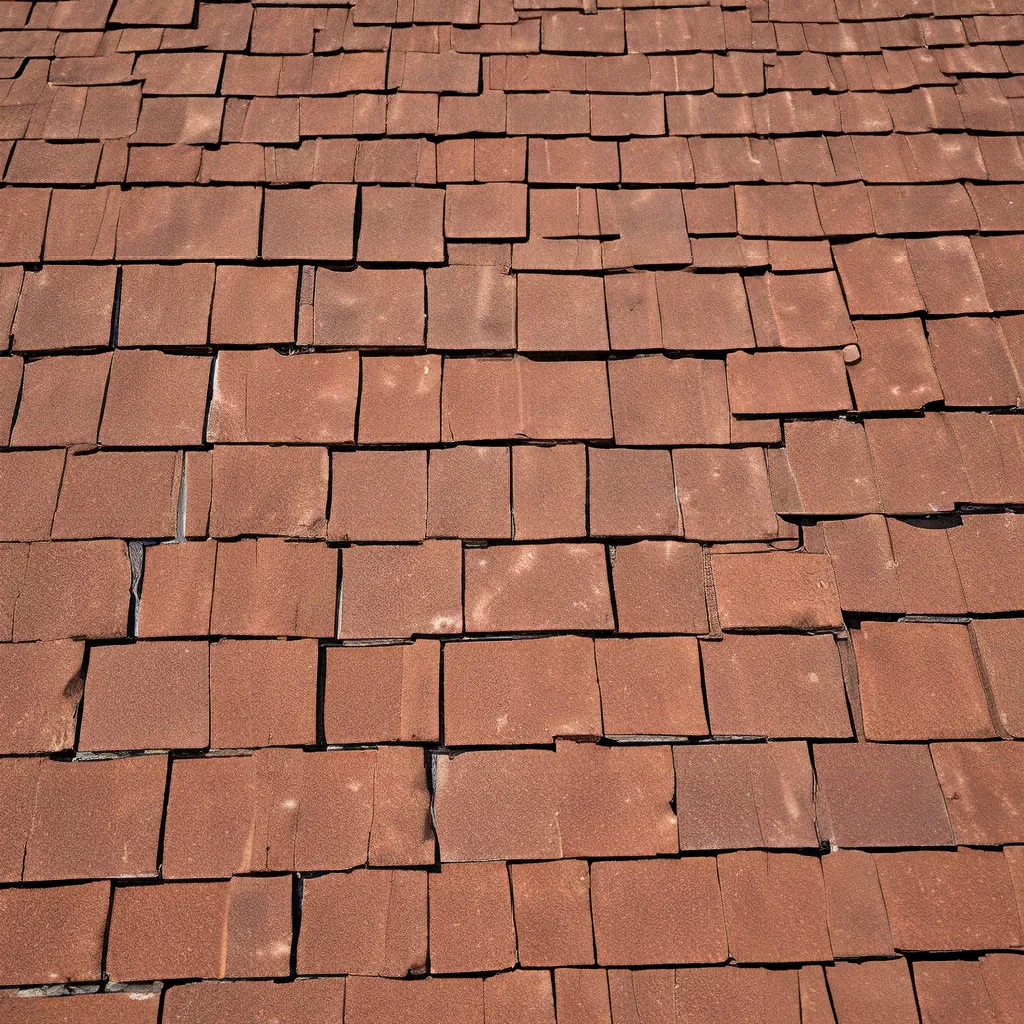
Tackling the Elements: A Roof’s Resilience in the Face of Phoenix’s Extremes
As a proud resident of Phoenix, Arizona, I know all too well the challenges our city faces when it comes to battling the elements. The Sonoran Desert is a place of extremes, where scorching summer days give way to blistering nights, and the occasional monsoon season brings torrential downpours that seem to defy the laws of nature. And at the heart of this relentless onslaught? Our roofs, the unsung heroes tasked with shielding us from the fury of Mother Nature.
Unraveling the Urban Heat Conundrum
Now, I’ll be the first to admit that the term “urban heat island” has become a bit of a catch-all phrase for all our heat-related woes. But let’s dive a bit deeper, shall we? It’s not just about the contrast between the city and the surrounding rural areas – it’s about the very materials we use to build our metropolis. Those dark, heat-absorbing asphalt roads, the non-reflective bricks and concrete that soak up the sun’s rays, and the roofing materials that trap heat – it’s a veritable symphony of thermal conductors, all conspiring to turn our beloved city into a roaring furnace.
But you know what they say: where there’s a problem, there’s an opportunity. And that’s precisely where the folks at your local metal roofing experts come in. They’ve got their sights set on tackling this urban heat conundrum head-on, and they’re not messing around.
Cooling Down the Concrete Jungle
One of the key strategies they’ve been championing? Cool roofs. Now, I know what you’re thinking – “Cool roofs? Sounds like something out of a sci-fi movie.” But bear with me here. These roofing systems are designed to reflect the sun’s rays rather than absorbing them, essentially creating a barrier between your home and the relentless desert heat. And the best part? The research shows that widespread deployment of cool roofs can make a significant dent in our urban heat challenges.
But it’s not just about the roofs, folks. The folks at your local metal roofing experts are also big proponents of cool pavement. Imagine strolling down the street and feeling the asphalt underfoot practically radiating coolness. That’s the power of reflective pavement coatings, and Phoenix has been leading the charge, with over 100 miles of the stuff already laid down.
And let’s not forget the unsung heroes of the heat-mitigation game: trees. Strategically placed greenery can provide much-needed shade, not to mention the added benefits of improved air quality and stormwater management. It’s a win-win-win, if you ask me.
Adapting to a Changing Climate
Now, I know what you’re thinking – all of this is great, but what about the bigger picture? How does a warming climate affect already scorching hot places like Phoenix? Well, let me tell you, my friends, the outlook is, uh, interesting, to say the least.
You see, the fact that we’re living in a “nonstationary environment” is a fundamental principle that the folks at the Office of Heat Response and Mitigation have been grappling with. It’s not enough to just look at last year’s data and assume that’s what the future holds. Nope, we’ve got to factor in the reality of climate change and how it’s going to shape the landscape of our city in the years to come.
But here’s the thing – people have been living in hot places like the Sonoran Desert for a very long time. And you know what they did? They adapted. They built low, earth-colored structures with few windows and intentionally designed openings to the outside. They understood the importance of harnessing the natural elements to their advantage.
Now, I’m not saying we should all go back to living in adobe huts (though, let’s be honest, that might be a little cooler than some of the glass-and-steel monstrosities we’ve got going on these days). But the point is, we’ve got to get back to our roots, so to speak. We need to start thinking outside the box, exploring innovative technologies, and harnessing the wisdom of the past to create a more heat-resilient future.
A Delicate Balance: Technology and Common Sense
Speaking of innovative technologies, the folks at the Office of Heat Response and Mitigation are definitely keeping their eye on the ball. They’re self-proclaimed “technology enthusiasts,” and they’re determined to make Phoenix a leader in the heat-mitigation innovation space. But they’re also quick to remind us that technology alone isn’t the silver bullet.
“If air conditioners that were 10 times more efficient than existing ones were invented tomorrow, that would be a game-changer for a lot of households in Phoenix,” says David Hondula, the director of the Office of Heat Response and Mitigation. “But I am absolutely convinced that there are a lot of low- or no-tech strategies we need to be pursuing as well.”
You see, it’s all about finding the right balance – the perfect blend of high-tech solutions and good old-fashioned common sense. Because let’s be honest, we’ve got the technology to keep our pets fed with the tap of a smartphone app, but we’ve still got people dying in homes that are too hot, and nobody even knows about it until it’s too late.
Embracing the Desert Ethos
So, what’s the key to weathering the storm, so to speak, when it comes to Phoenix’s harsh climate? Well, it might just come down to embracing the desert ethos – that delicate dance between innovation and tradition, technology and humanity.
Because let’s face it, the Sonoran Desert isn’t going anywhere, and neither are we. And if we want to not just survive, but thrive, in this ever-changing landscape, we’ve got to be willing to think outside the box, to challenge the status quo, and to draw inspiration from the wisdom of those who came before us.
After all, as Hondula so eloquently put it, “the Phoenix of the future can be safer, more comfortable, and thriving than the one we have today.” And with the right mix of forward-thinking strategies and good old-fashioned resourcefulness, I have no doubt that we can do just that.
So, my friends, let’s get to work. Let’s take on the elements, one roof at a time, and show Mother Nature who’s boss. Because in the end, the only thing we have to fear is the fear of not being prepared.
